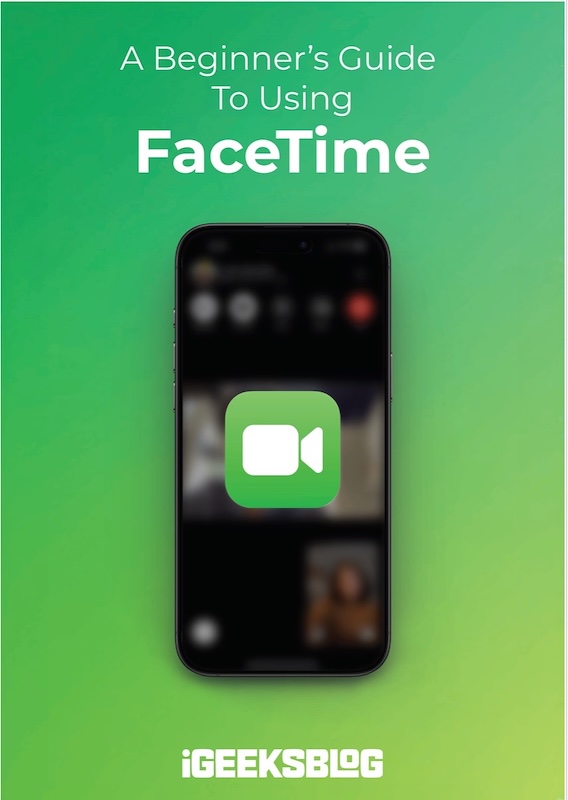
FaceTime Like a Pro
Get our exclusive Ultimate FaceTime Guide 📚 — absolutely FREE when you sign up for our newsletter below.

FaceTime Like a Pro
Get our exclusive Ultimate FaceTime Guide 📚 — absolutely FREE when you sign up for our newsletter below.
Master Siri on your iPhone with this ultimate guide! Learn how to set it up, activate it, use ChatGPT features, and boost productivity with voice or text commands.
Siri began its journey as a third-party app in 2010 before Apple acquired it, and it has grown exponentially since. Now built into every iPhone, Siri is your go-to voice assistant for handling everyday tasks like setting alarms, sending messages, playing music, and even controlling smart home devices. With over 15 years of fine-tuning and upgrades, Siri on iPhone has become smarter, faster, and more intuitive than ever.
In this guide, you’ll learn how to set up, customize, and make the most out of Siri on your iPhone.
Unlike some iPhone features, Siri isn’t enabled by default. If you skipped enabling it during setup, follow these steps:


Now that you have set up Siri on your iPhone, you can activate it in multiple ways:
The voice activation method also works with AirPods and CarPlay.
Here’s a glimpse of what Siri can handle:
Reminders and Alarms:
Calls and Messages:
Quick Info:
Device Control:
Smart Home:
Besides handling these basic requests, Siri also supports follow-up questions, allowing you to ask additional questions in the same session without needing to reactivate the assistant each time. For example, ask, “What’s the weather in Paris?” then follow up with, “What about tomorrow?” and Siri will understand you’re still talking about Paris.
Thanks to partial Apple Intelligence integration, Siri has become significantly more advanced. Key new features and improvements include:
With the combined power of Siri and ChatGPT, you can now:
However, before you can do any of these things, you must first set up the ChatGPT extension.
To enable: Head to Settings → Apple Intelligence & Siri → ChatGPT → Use ChatGPT → Sign into your ChatGPT account.
Once done, ask Siri to write a blog post, and it’ll confirm before using ChatGPT for enhanced responses.
Not all iPhone users have the same preferences; Apple lets you personalize how Siri behaves to match your preferences:
You can restrict or allow Siri access when your iPhone is locked. Restricting Siri while the iPhone is locked improves privacy. Allowing it, on the other hand, helps you perform tasks like checking the weather or setting reminders quickly and easily. Here’s how:

Apple offers multiple variations and voice options to make Siri truly yours. Here’s how you can change Siri’s voice on your iPhone:

Besides the voice, you can also change the language you want Siri to respond in. Here’s how:

Customize whether and when you want Siri to announce incoming calls:

Siri can read notifications aloud through AirPods or supported headphones or when connected to CarPlay.

Useful in situations where you can’t reach your iPhone to hang up calls manually.

You can control when Siri speaks out loud. This setting is particularly useful in quiet environments, such as meetings or libraries.

Alongside these customizations, you can also turn off Siri suggestions, use Siri offline, and explore more options.
Siri is no longer just a basic assistant. It’s evolved into a dynamic, AI-powered productivity tool that simplifies everyday life. From setting reminders to drafting emails with ChatGPT, Siri has become smarter, more context-aware, and deeply integrated with Apple’s ecosystem.
Got more questions about Siri? Drop them in the comments—we’ll respond promptly.
Read more: